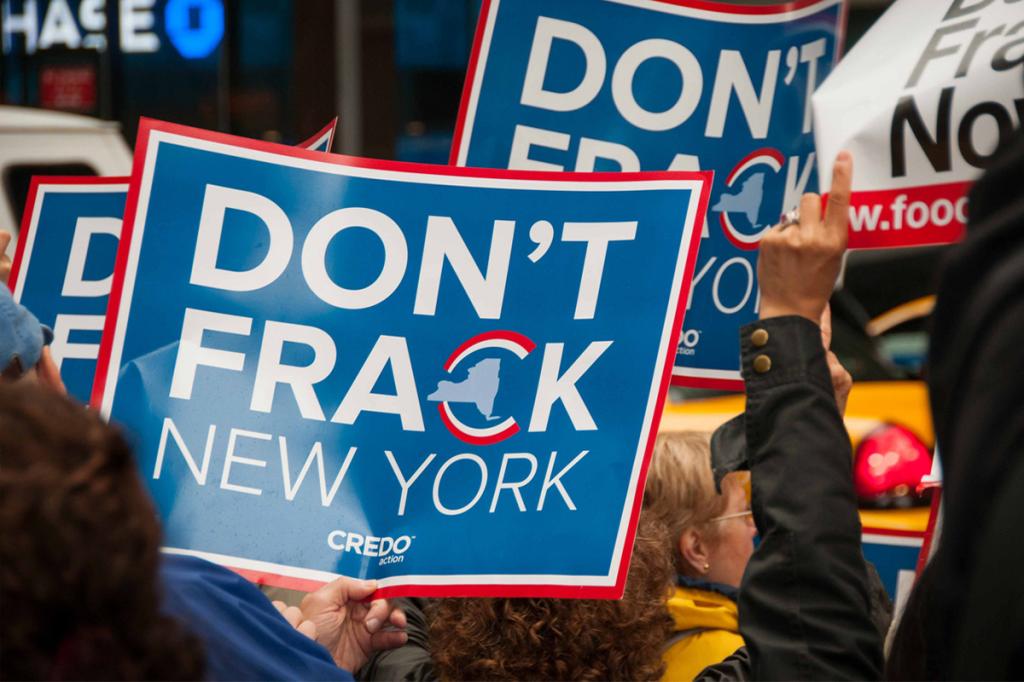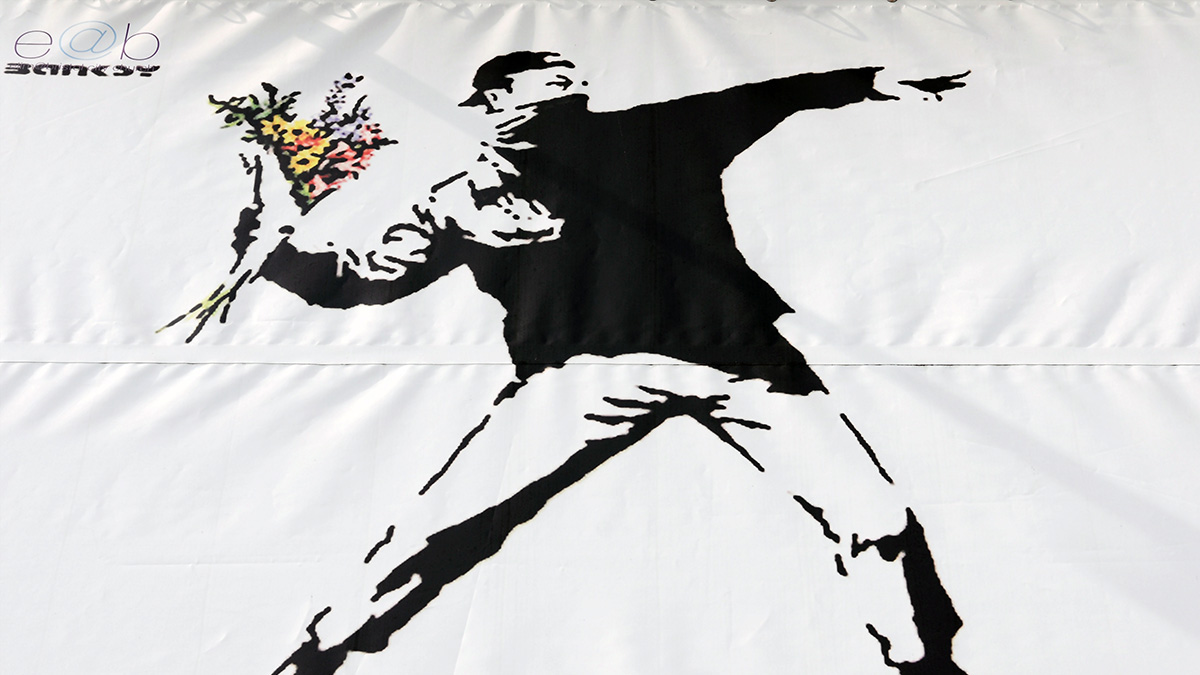
Elisabeth Kwak-Hefferan
I’ve never thought of myself as much of a rebel. You generally won’t find me smashing car windows or setting garbage cans aflame. (Let’s get real: You probably won’t find me speeding. Such are the depths of my rule-following nature.) But I realize now that all along, I’ve just been waiting for the right weapon with which to battle The Man.
Wildflowers, of course. More precisely: ping-pong ball-size globs of clay and compost laced with wildflower seeds called seed bombs (or green grenades — military nomenclature is a must). The other day, I stood in front of a fenced-off lot on a busy stretch of asphalt, fingering the tiny seed arsenal I’d packed into a Ziploc bag. I looked back and forth, took a deep breath, and let one fly over the chain links; the ball came to rest on a scrubby patch of dirt in the sun. “Take that!” I muttered under my breath.
Finally, I was beginning to understand the rebel thrill. This must be what Marlon Brando felt like.
Lobbing that seed bomb was my first foray into the worldwide movement of “guerrilla gardening,” or reclaiming underused land — empty lots, vacant yards, alleys, and other areas you technically don’t have the right to plant — for lovely and/or productive gardens. In this case, the enemy takes the form of a disinterested, wasteful society that misses out on abundant opportunities to beautify the ugly and cultivate the barren.
Sometimes it’s as simple as taking over an adjacent lot with some extra pepper plants, but often there’s more at stake. Among guerrilla gardeners, you’ll hear plenty of chatter about “land use,” “re-creating space,” and “Who actually owns the earth, man?” Make no mistake: Those petunias are political.
Some guerrilla gardening reportedly plays out like a scene from a spy movie: Black-clad growers sneak out to till and water vegetable patches in the dead of night. While that does sound fun, I had something a little less intense in mind for my first time out. Then my research uncovered seed bombs — perfect for inaccessible yards, tough-to-tend spaces, and ‘fraidy cats. Make a few green grenades, toss them all over town, and wait for the blooms to take over. This I could do.
And I did. Whipping up a batch of proto-wildflower balls is surprisingly simple — mine cost me about $10 (for seeds and clay; I grabbed the compost right from my worm bin) and 10 minutes. I picked up the native wildflower mix at my local grocery store and found the natural clay at an art-supply shop, where the clerk assured me “this is just what the Girl Scouts used to make their seed bombs last year.” (Fight the power, Brownies!) After letting the bombs sit out overnight to dry a bit, I was ready to sow some rebellion. (See below for step-by-step instructions on how to make them.)
Experienced guerrillas recommend seed-bombing right before rain is forecast. This usually wouldn’t be a problem in Seattle, but we were just about to enter an unusually warm and sunny period. Still, I couldn’t wait to dip a toe into the movement, so I loaded my bag with a handful of seed bombs and went out in search of abandoned space begging for wildflowers.
My destination was a busy thoroughfare near my apartment with a slightly, ahem, seedy reputation. Pocked with cheap motels and overgrown, weedy patches that don’t clearly belong to anybody, I figured it presented a prime opportunity for my “floral attack.” Plus, it’s close enough to let me check in on my gardens’ progress as the weeks go by.
I found my first site before I even reached the intended street: a plowed-over slope strewn with trash and construction detritus that’s lingered, untouched, for months. Nobody was around, so I chucked a seed ball into the expanse. (I don’t know who would object to a few blossoms here and there, but these days you never know when tossing an unidentified object — one you’re calling a bomb, no less — might get you tackled by a SWAT team.) “Good luck, little seeds,” I whispered.
Next up: A weedy patch near a lonely bus stop. Then a clear, empty dirt meadow. The fenced-in lot next to a boarded-up house. I strode along that eyesore of a road like a modern-day Janie Appleseed with safety pins in her ears, spreading flowers and righteous garden activism with every step.
I reserved the last ball in the bag for a quiet corner of my shared backyard. The lawn doesn’t need it, as neighbors have planted plenty of flowers, herbs, and veggies around the periphery, but I wanted to keep one seed bomb close so I could check on it every day. Hell, I might even water it. You might point out that cultivating flowers in my own backyard hardly counts as guerrilla gardening, but hey — like a true rebel, I totally did not ask my landlord first.
I’ll report back on my illicit wildflower patches and other excursions into guerrilla gardening as the spring goes on. ‘Til then, happy planting, everyone. Keep it on the downlow, and remember — if you get caught, you didn’t hear this from me. It was the Girl Scouts.
Homemade Seed Bombs
Materials:
5 parts clay soil/potter’s powder
1 part wildflower seeds
1 part compost/worm castings
1. Combine the seeds and compost in a large bowl; stir well.
2. Add the clay soil. If you’re using a dry clay, slowly add water, stirring as you go, until you have the consistency of thick mud (you don’t want it too watery to mold).
3. Shape the mixture into golf ball-size globs.
4. Set seed bombs in a tray and let them sit in the sun for a day or so to harden.
5. Get bombin’!
Source: Guerrillagardening.org



